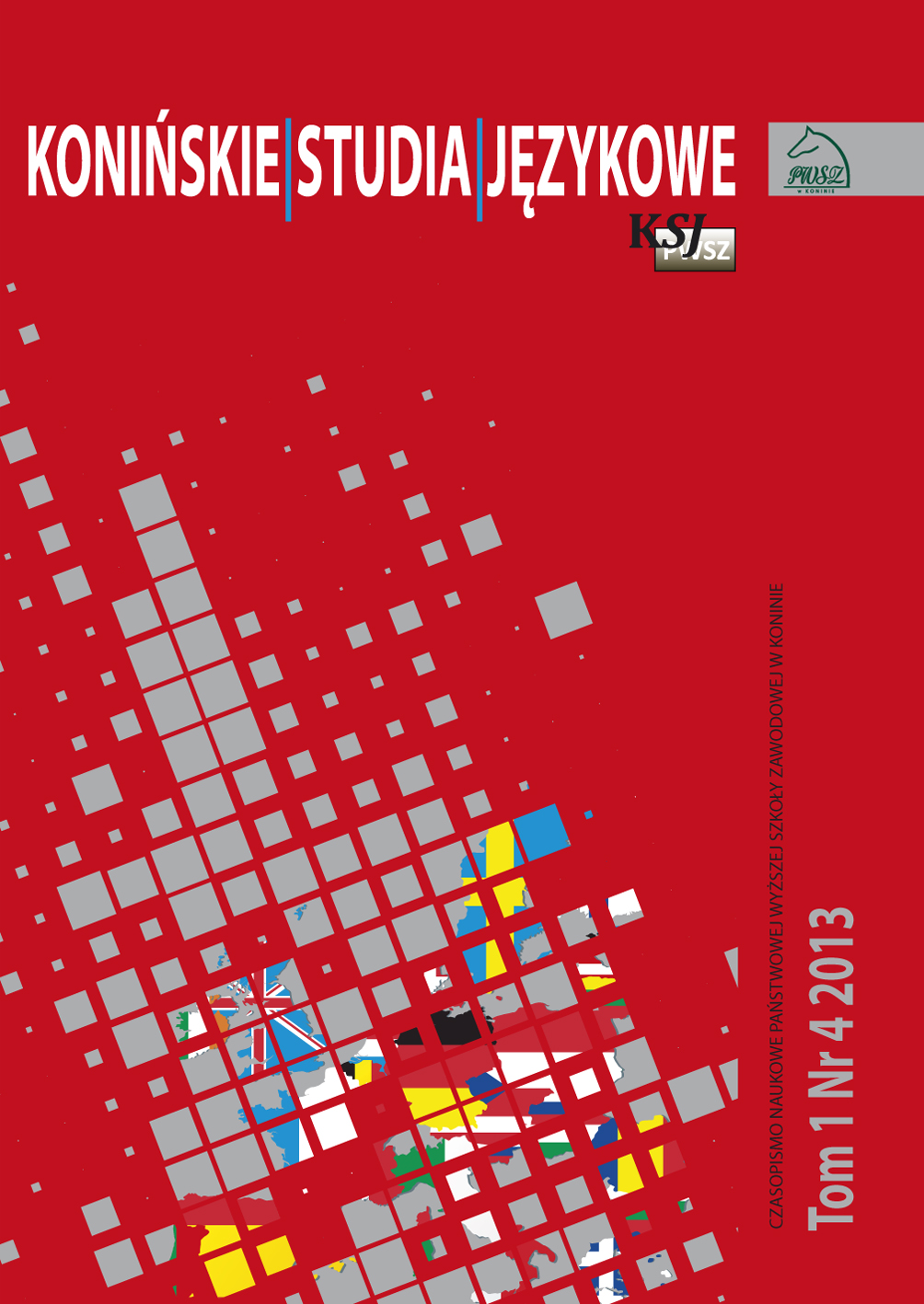The role of lexicogrammatical patterns in using a foreign language
The role of lexicogrammatical patterns in using a foreign language
Author(s): Katarzyna RokoszewskaSubject(s): Foreign languages learning, Theoretical Linguistics
Published by: Akademia Nauk Stosowanych w Koninie
Summary/Abstract: The aim of the present paper is to examine the role of lexicogrammatical patterns in using a foreign language. For this purpose, the paper first describes two major approaches to phraseology, namely the phraseological approach and the distributional or frequency-based approach, and presents the main typologies of word combinations and terms used to describe formulaic language with a special emphasis on lexicogrammatical patterns. Next, the paper reviews two research perspectives on L2 patterns that focus on the processes of breaking down and building patterns, advocating a more synthetic model of language patterning, which, in congruence with Emergence Theory and Sociocultural Theory, accounts for the processes of chunk-breaking and chunk-making in the learner’s use of language in his or her zone of proximal development. Furthermore, the paper examines the major functions of formulaic language in communication and language development. Finally, the paper offers some practical implications for foreign language teachers.
Journal: Konińskie Studia Językowe
- Issue Year: 1/2013
- Issue No: 4
- Page Range: 407-428
- Page Count: 22
- Language: English

